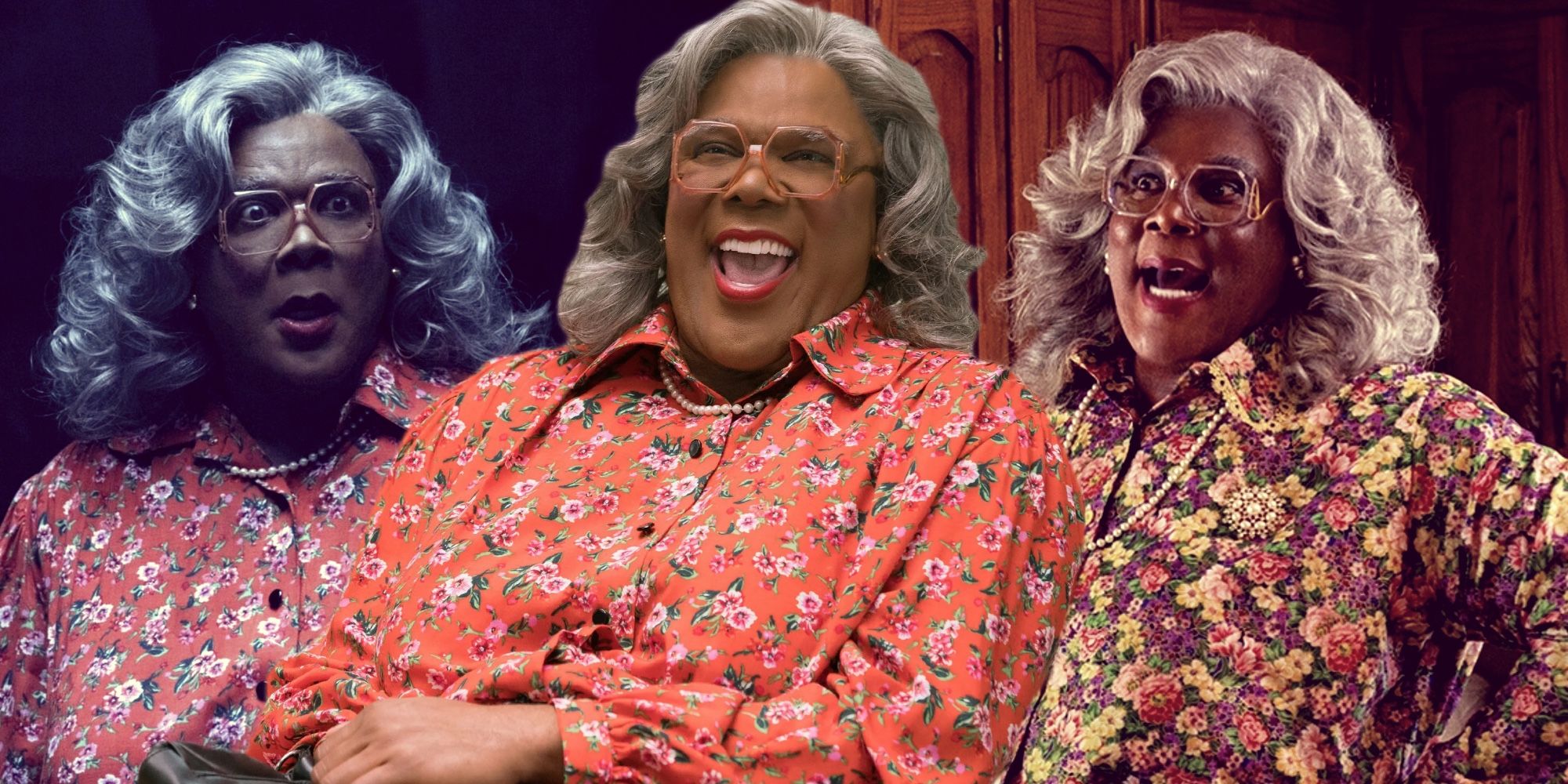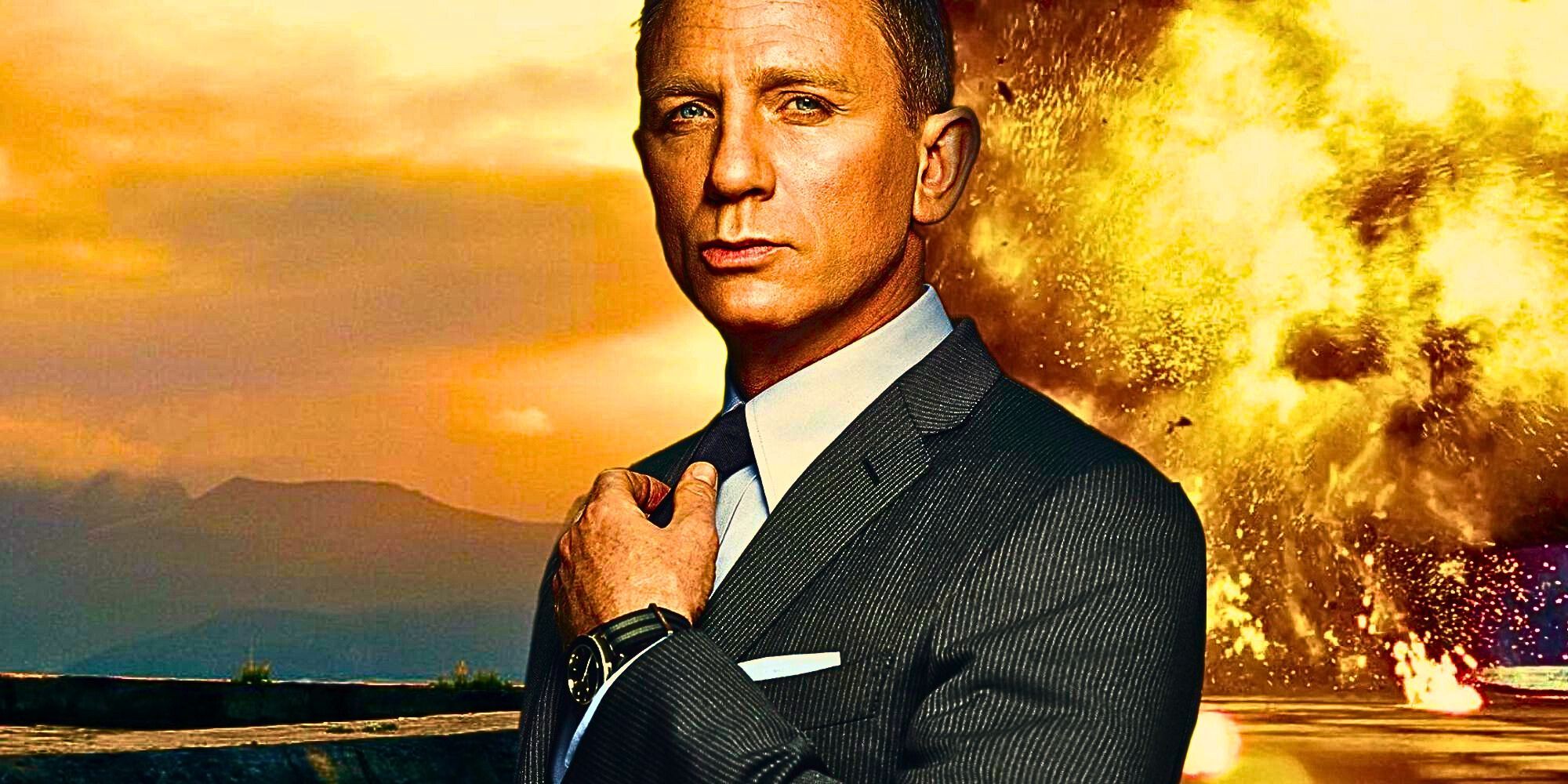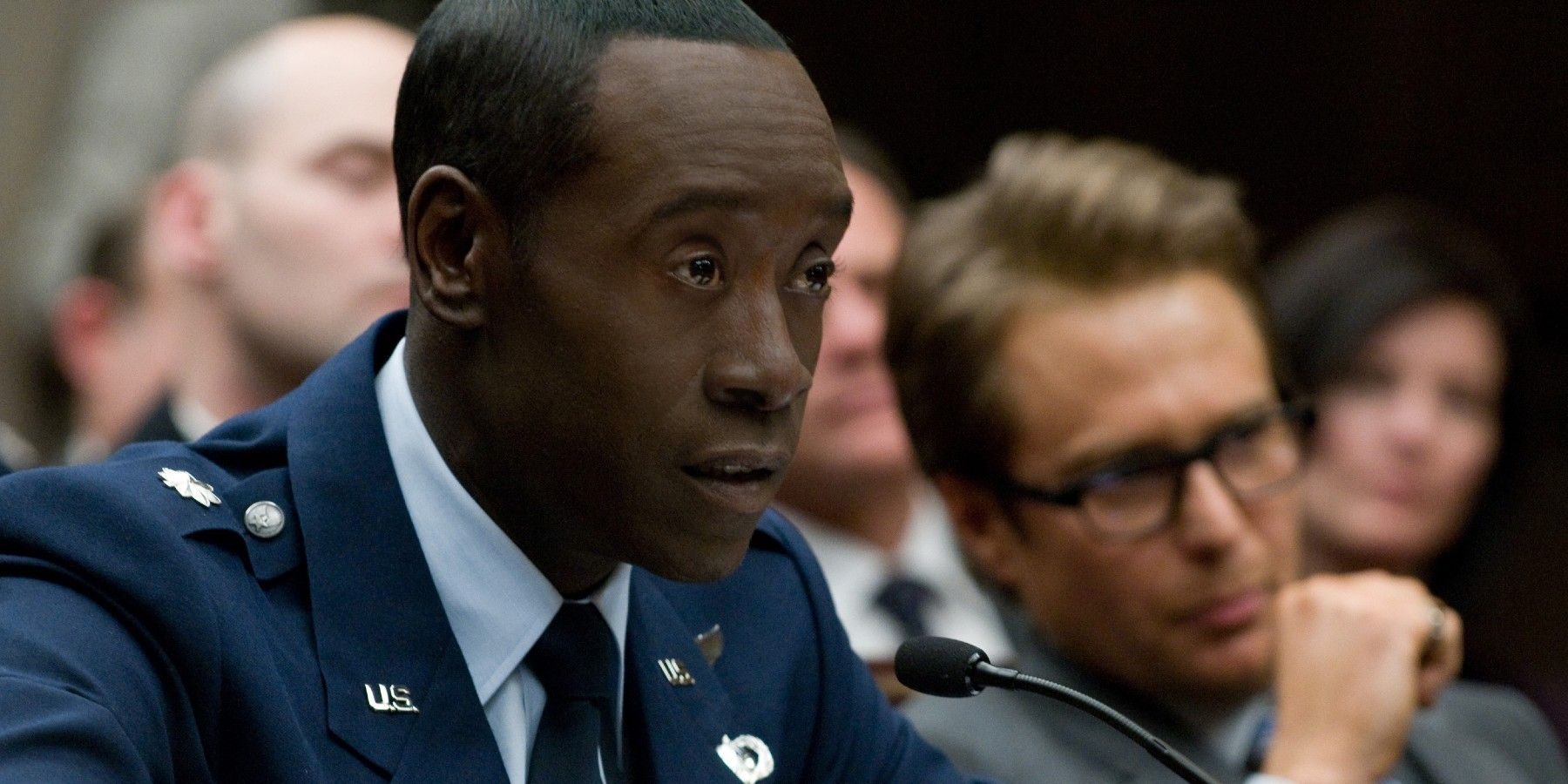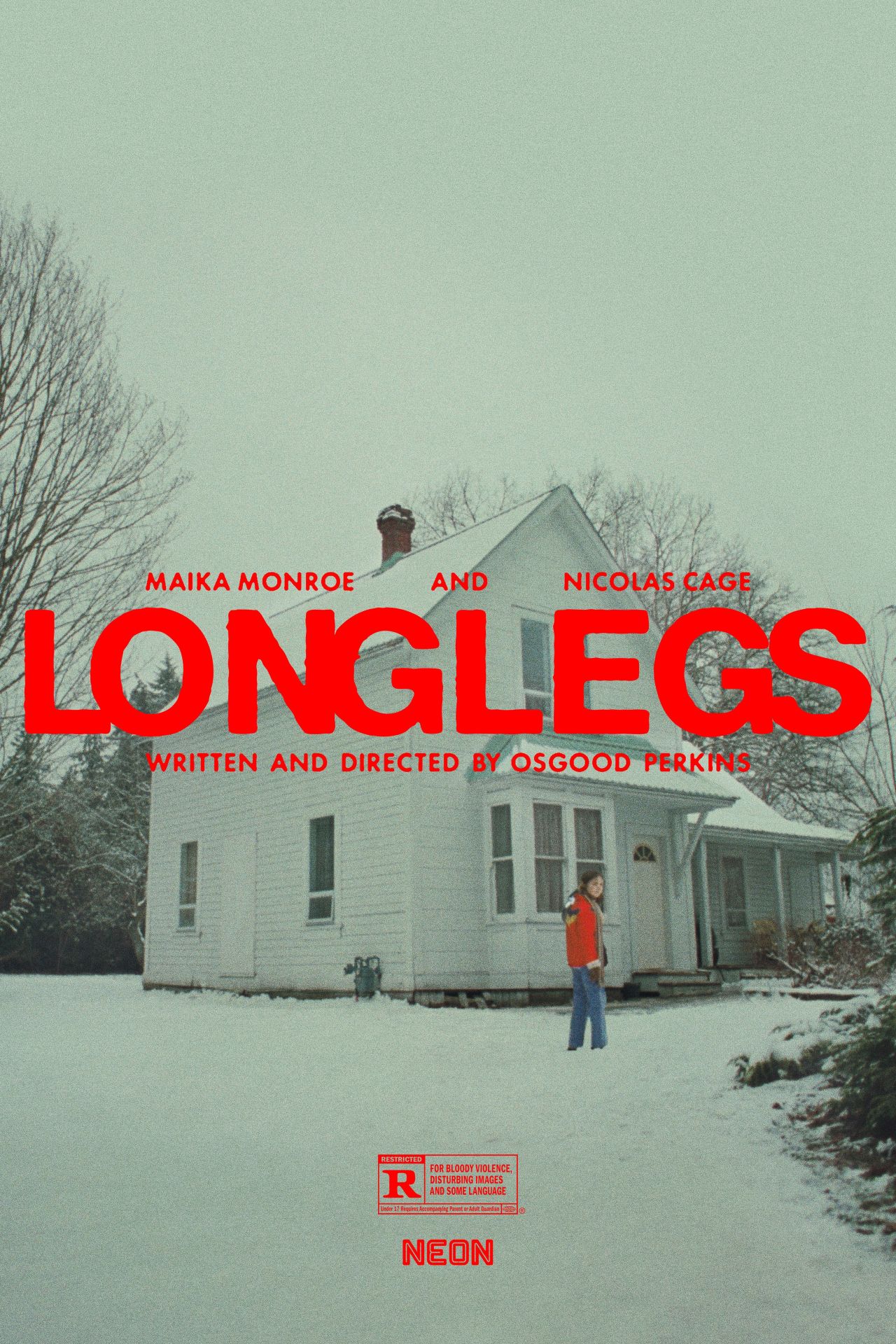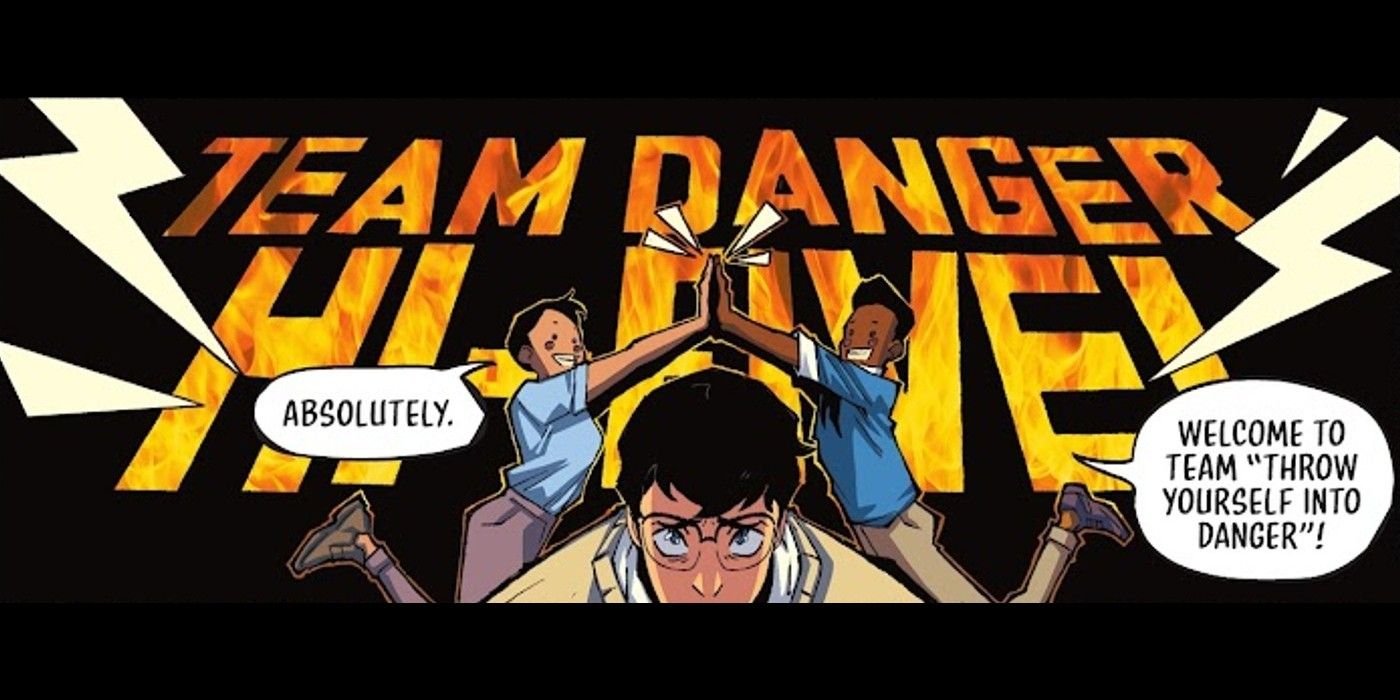It’s often said that a lot of directors make one movie, then the rest of their movies are just a variation on that movie. The works of filmmakers like Quentin Tarantino and Wes Anderson are all tied together by recurring themes and iconography. Each movie tells its own distinctive story, but shares the tone, style, and directorial voice of all the others.
Other directors, like Steven Spielberg and Stanley Kubrick, tackle very different kinds of projects. They have their own recognizable styles, but they work across a handful of genres.
Steven Spielberg – Jurassic Park & Schindler’s List
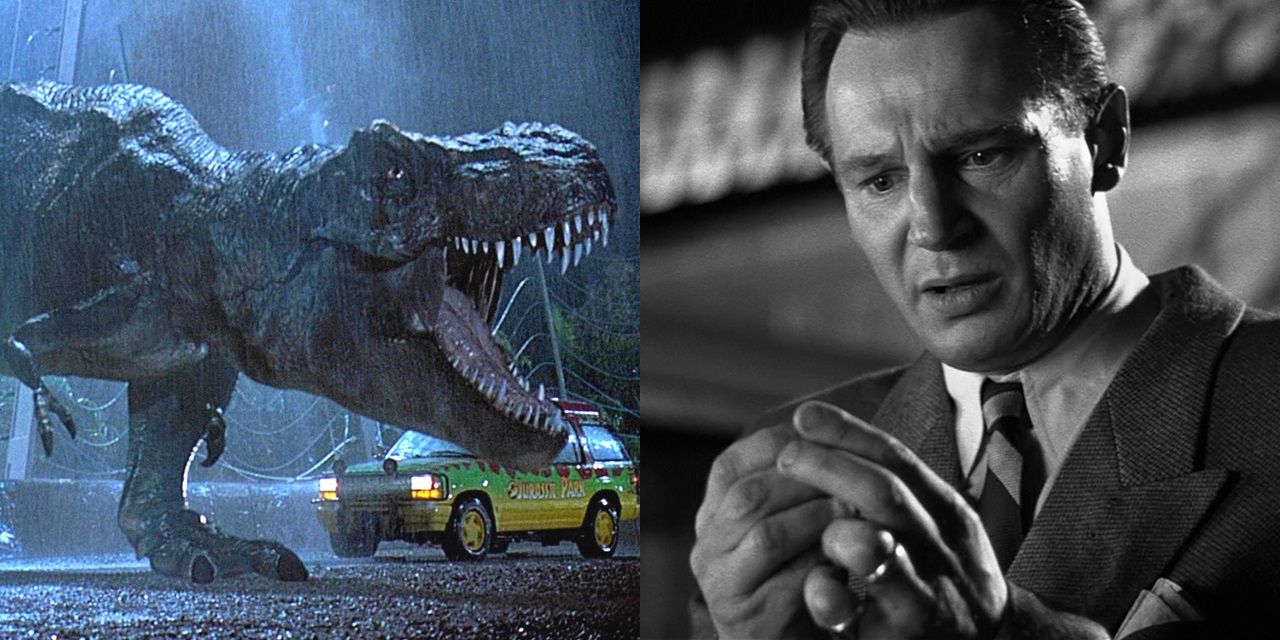
Unlike auteurs like Quentin Tarantino and Spike Lee, Steven Spielberg has never had a cinematic voice of his own. Rather, Spielberg finds screenwriters with their own voice and sets out to translate that voice onto the big screen in the best way possible. As a result, the director has a varied, diverse career.
During post-production on Jurassic Park, when ILM was working on the movie’s groundbreaking visual effects, instead of enjoying the downtime, Spielberg made Schindler’s List. His black-and-white Holocaust epic couldn’t be further removed from his dinosaur-infested blockbuster, but it ended up being praised as one of Spielberg’s finest directorial efforts.
Ang Lee – Hulk & Brokeback Mountain
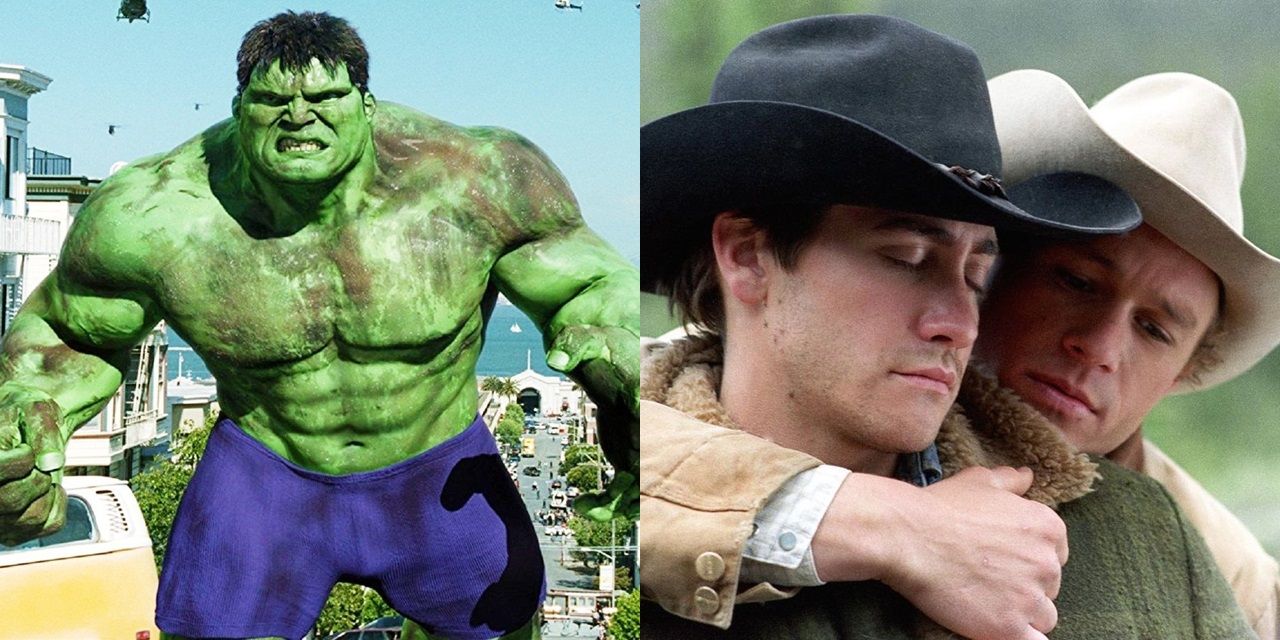
Arthouse auteur Ang Lee was an odd choice to direct the 2003 Hulk movie. Lee brought an admirably experimental style to the movie, helming it as more of a brooding character drama than an action-packed superhero blockbuster, but it didn’t really land with audiences – and visual flourishes like comic book panel scene transitions stood out as bizarre.
After Hulk received mixed reviews and disappointed at the box office, Lee returned to low-budget filmmaking for a quintessentially human drama, Brokeback Mountain, that eventually became one of the most widely acclaimed works of his career.
David Lynch – Eraserhead & The Elephant Man
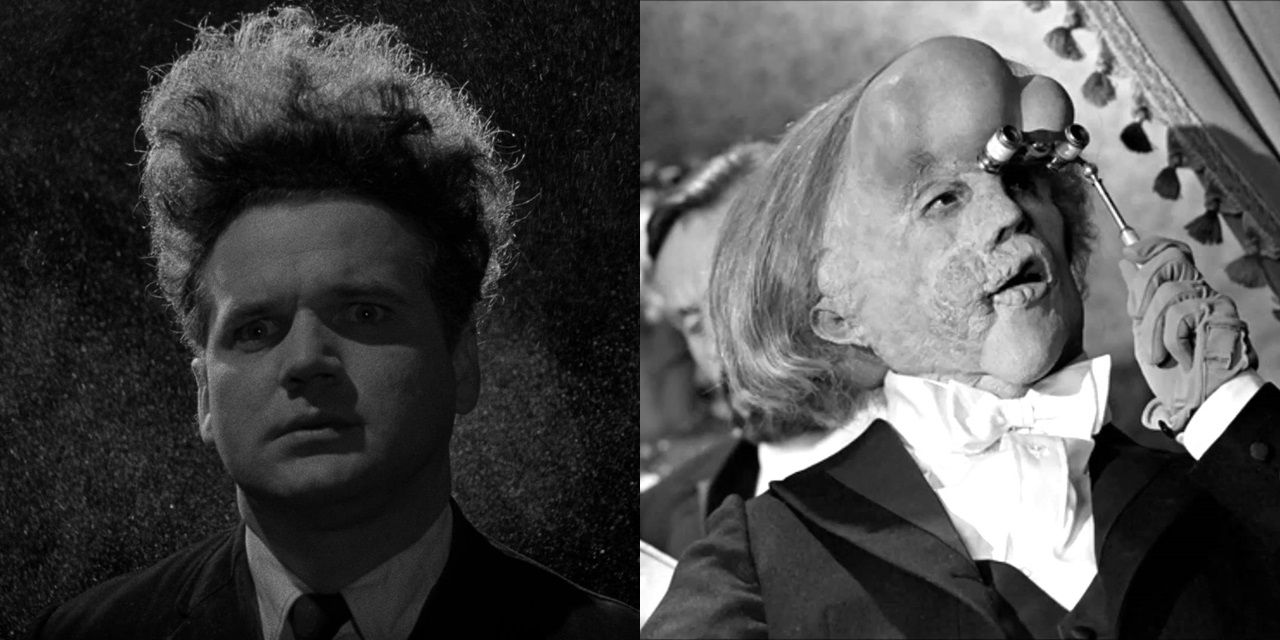
David Lynch’s Eraserhead is one of the most beloved directorial debuts ever made. It established all the hallmarks of Lynch’s original stories: a dreamlike vision of Americana, a surreal twist on mundane everyday situations, etc.
After Eraserhead became the king of the midnight movie circuit, Lynch made a drastic change of pace for his next film, the fact-based biopic The Elephant Man. A sobering portrait of real-life figure Joseph Merrick, The Elephant Man has nothing in common with Eraserhead besides the black-and-white palette.
Martin Scorsese – Raging Bull & The King Of Comedy
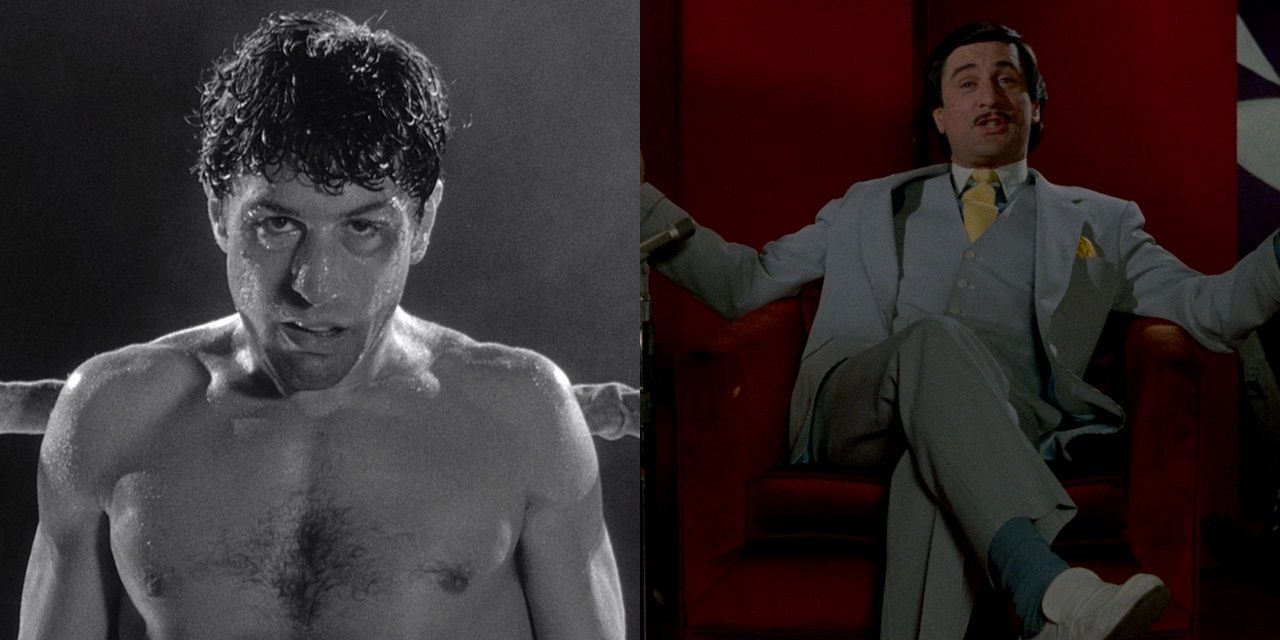
With crime epics about Italian-American mobsters, intense psychological thrillers, and cinematic ruminations on religion, Martin Scorsese has led a varied filmmaking career. After his first box office failure, he made a comeback in 1980 with the black-and-white boxing biopic Raging Bull, praised by many critics as the director’s magnum opus.
Scorsese and his go-to star Robert De Niro then followed up their raw, warts-and-all portrayal of Jake LaMotta with The King of Comedy, a darkly comic caper about a wannabe comedian kidnapping a late-night TV host so he can con his way into some airtime.
Ridley Scott – A Good Year & American Gangster
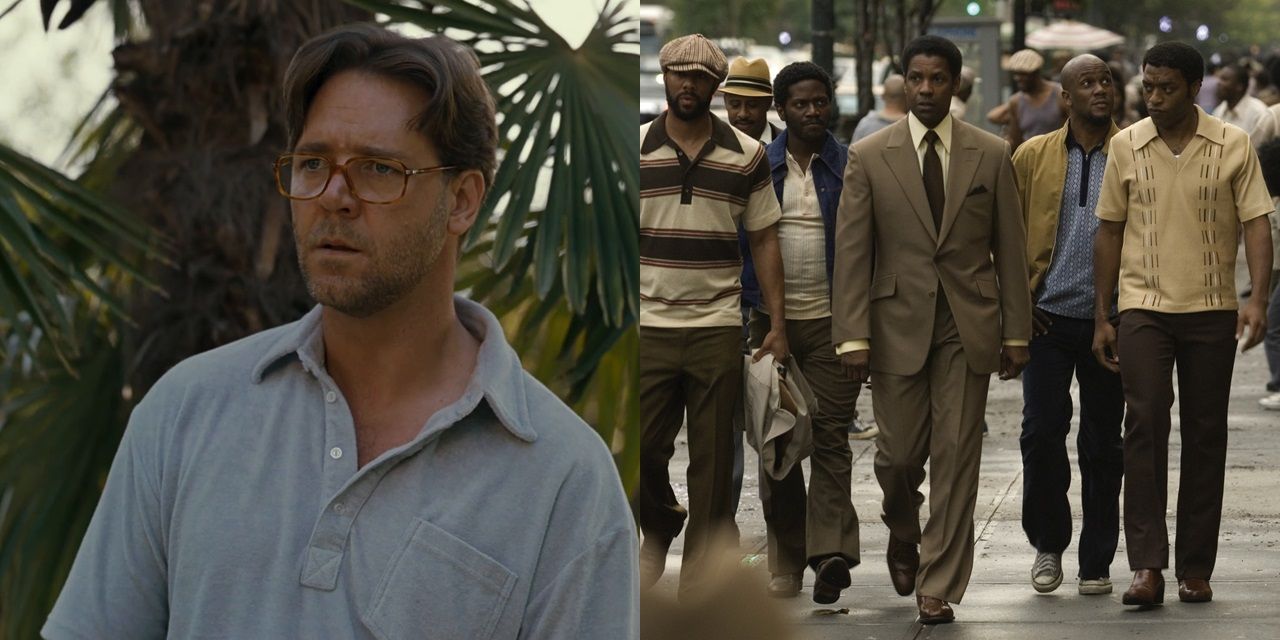
From breaking new ground for female action heroes in Alien to defining the visual hallmarks of the “tech noir” in Blade Runner, Sir Ridley Scott has earned a reputation as one of Hollywood’s most versatile directors. Each of his movies is wildly different than the last.
In 2006 and 2007, Scott helmed the lighthearted romantic comedy A Good Year and the violent, visceral Frank Lucas biopic American Gangster back-to-back.
Eli Roth – Death Wish & The House With A Clock In Its Walls
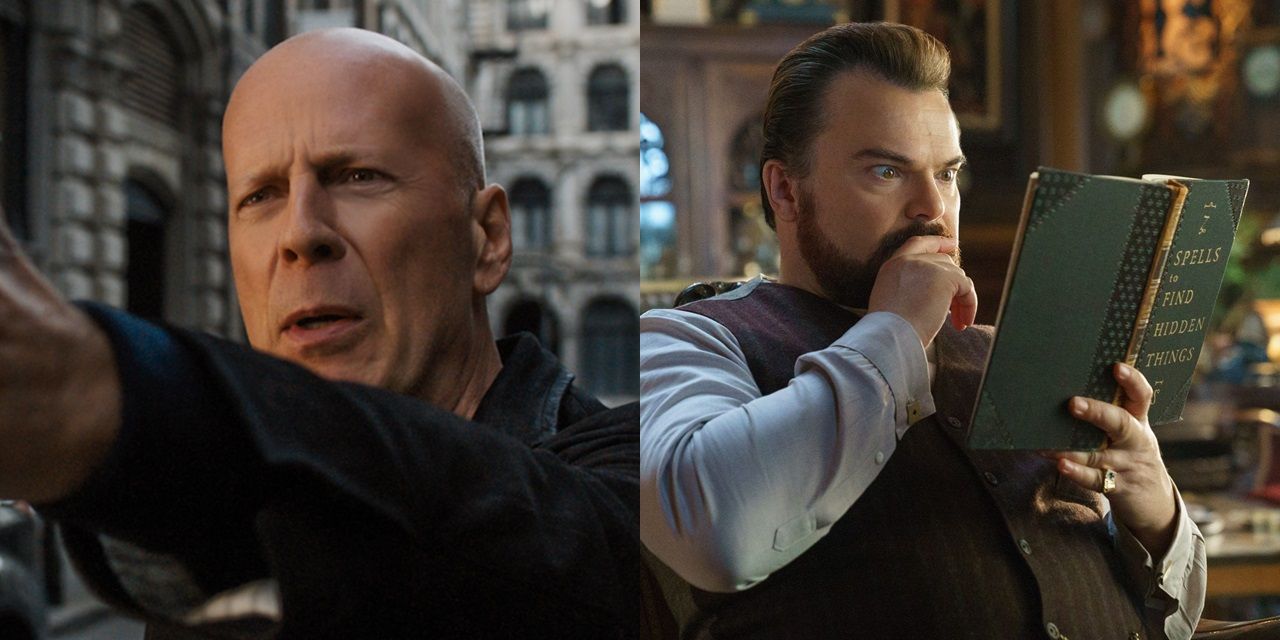
With movies like Cabin Fever, Hostel, and The Green Inferno, Eli Roth has become one of the most recognizable names in horror cinema. The Hostel series helped to popularize the “torture porn” subgenre and defined Roth’s blood-soaked vision of on-screen terror.
In 2018, Roth helmed two radically different movies that don’t belong to the horror genre: Death Wish, a Bruce Willis-starring remake of the 1974 vigilante thriller of the same name, and The House with a Clock in Its Walls, a family-friendly fantasy comedy and Roth’s only PG-rated directorial effort to date.
Patty Jenkins – Monster & Wonder Woman
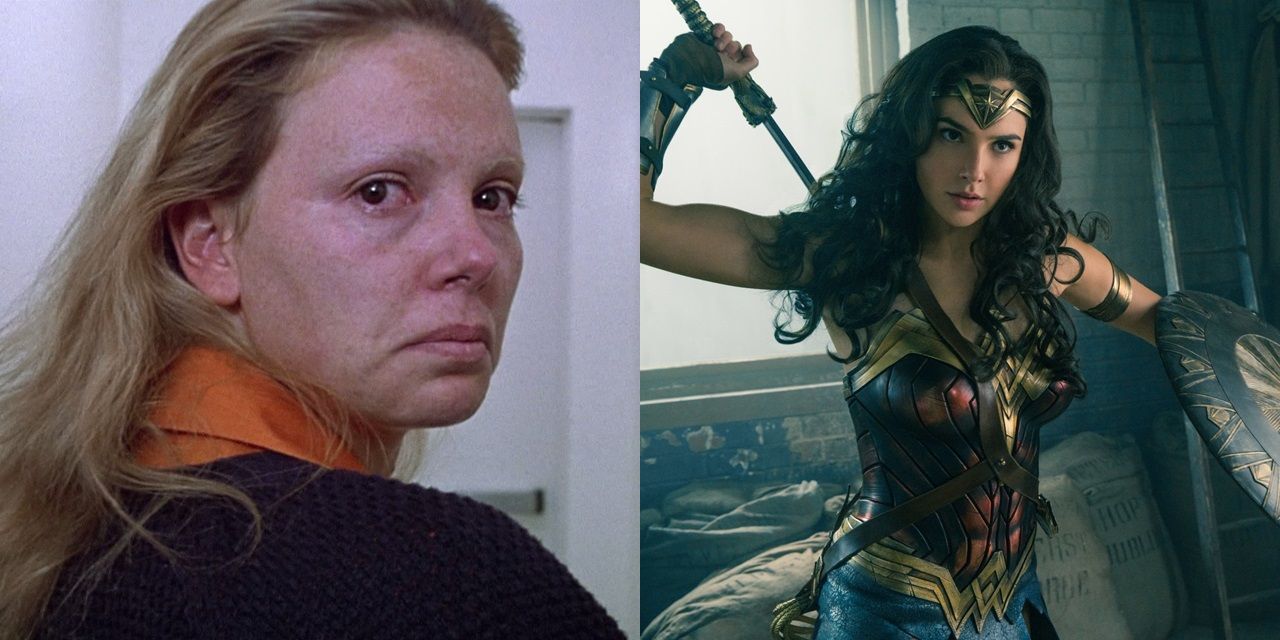
Patty Jenkins made her first and second feature-length movies 14 years apart, but she still technically helmed Monster and Wonder Woman back-to-back. Her debut feature Monster stars an Oscar-winning Charlize Theron in a surprisingly humanizing portrait of serial killer Aileen Wuornos.
Over a decade later, Jenkins got back behind the camera to give Gal Gadot’s Wonder Woman her first solo movie in the DCEU. The superhero blockbuster is worlds apart from Monster’s harrowing portrayal of a real-life criminal, but Jenkins proved she’s just as adept at handling both genres.
Stanley Kubrick – Dr. Strangelove & 2001: A Space Odyssey
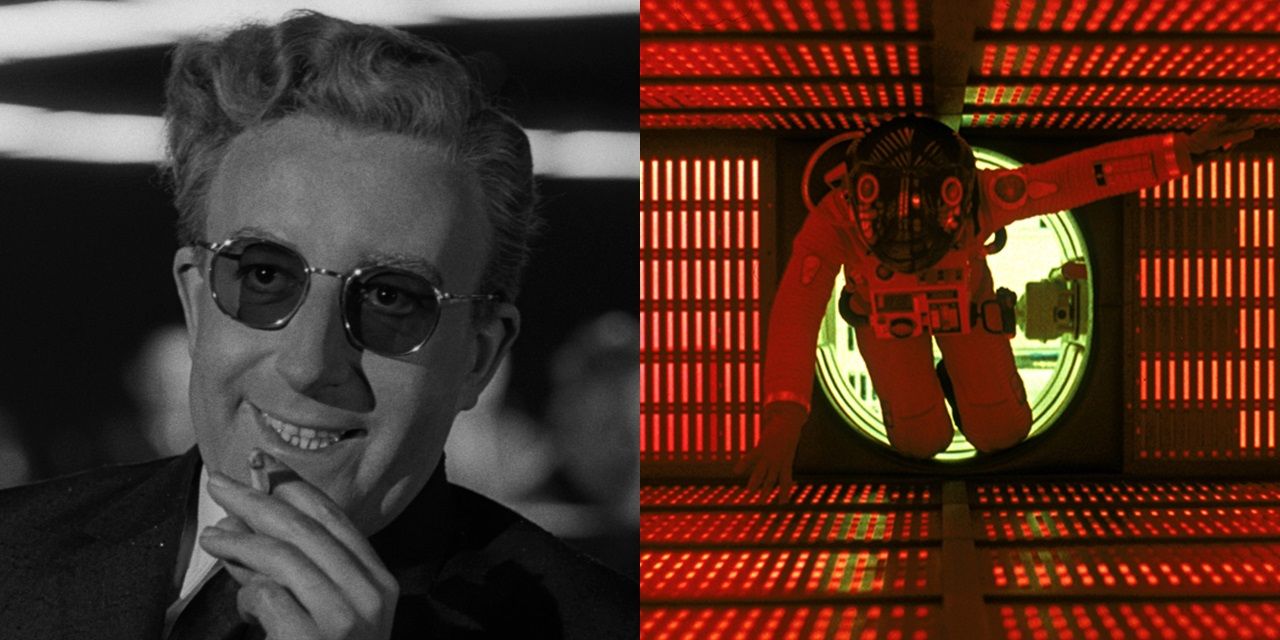
Stanley Kubrick rarely worked within the same genre twice. He tried his hand at all kinds of genres – war, noir, horror, comedy, swords-and-sandals – and, more often than not, he ended up turning out one of the greatest entries in those genres.
The director’s most drastic change of pace was between his Cold War satire Dr. Strangelove, one of the zaniest, goofiest movies ever made, and his otherworldly sci-fi epic 2001: A Space Odyssey, a cold, somber, thought-provoking journey across the cosmos.
George Miller – Happy Feet Two & Mad Max: Fury Road
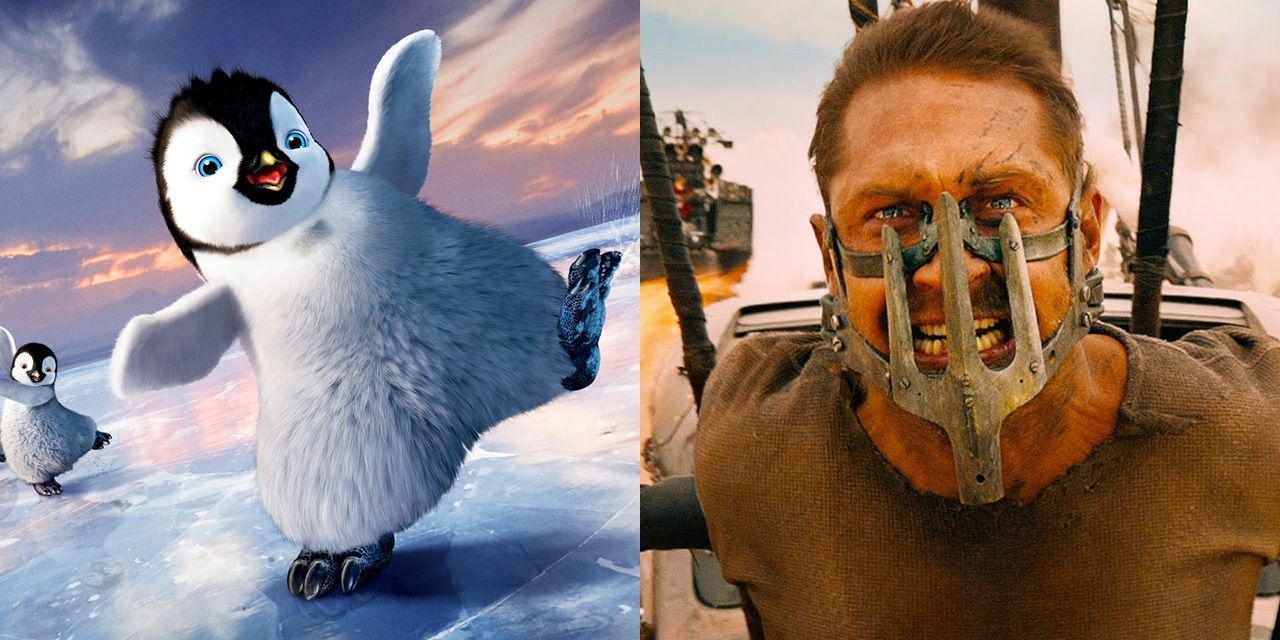
With the high-octane car chases and breathtaking practical stunts in the Mad Max franchise, George Miller has become renowned as one of the greatest action directors in the world. But Miller has also directed family-friendly movies about talking animals, like Happy Feet and Babe: Pig in the City.
In the 2010s, Miller dipped his toes in both genres. After following up Happy Feet with an unfortunately less acclaimed and less financially successful sequel, Miller finally got his long-gestating fourth Mad Max movie off the ground. Mad Max: Fury Road was instantly hailed by critics as one of the finest action movies ever made.
The Coen Brothers – Blood Simple & Raising Arizona
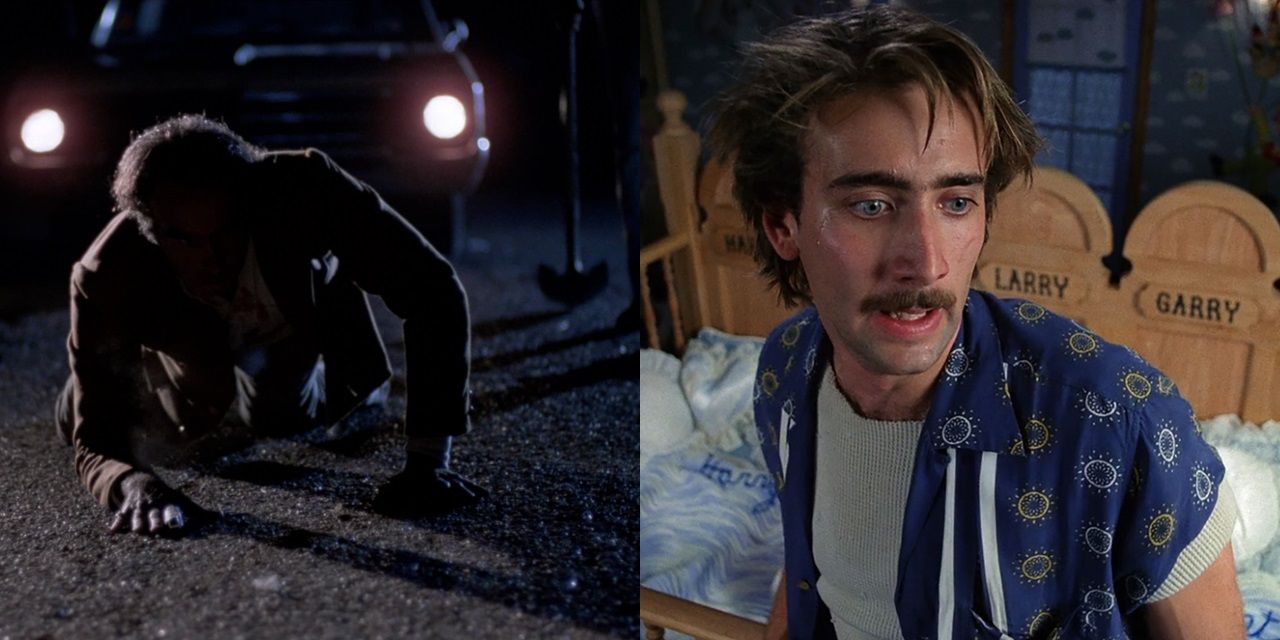
With both acclaimed masterpieces like Fargo and No Country for Old Men and oddball idiosyncratic comedies like The Big Lebowski, the Coen brothers have made their name as legendary, wholly unique filmmakers. Their quirky sense of humor permeates throughout their entire career, but they’ve never settled down into a specific style. Instead, the Coens have constantly evolved their filmmaking.
After changing the face of independent cinema with their grisly neo-noir debut Blood Simple, the Coens set out to do something completely different with their second film. Raising Arizona, a slapstick comedy about a desperate couple kidnapping a baby so they can be parents, couldn’t have less in common with Blood Simple.
